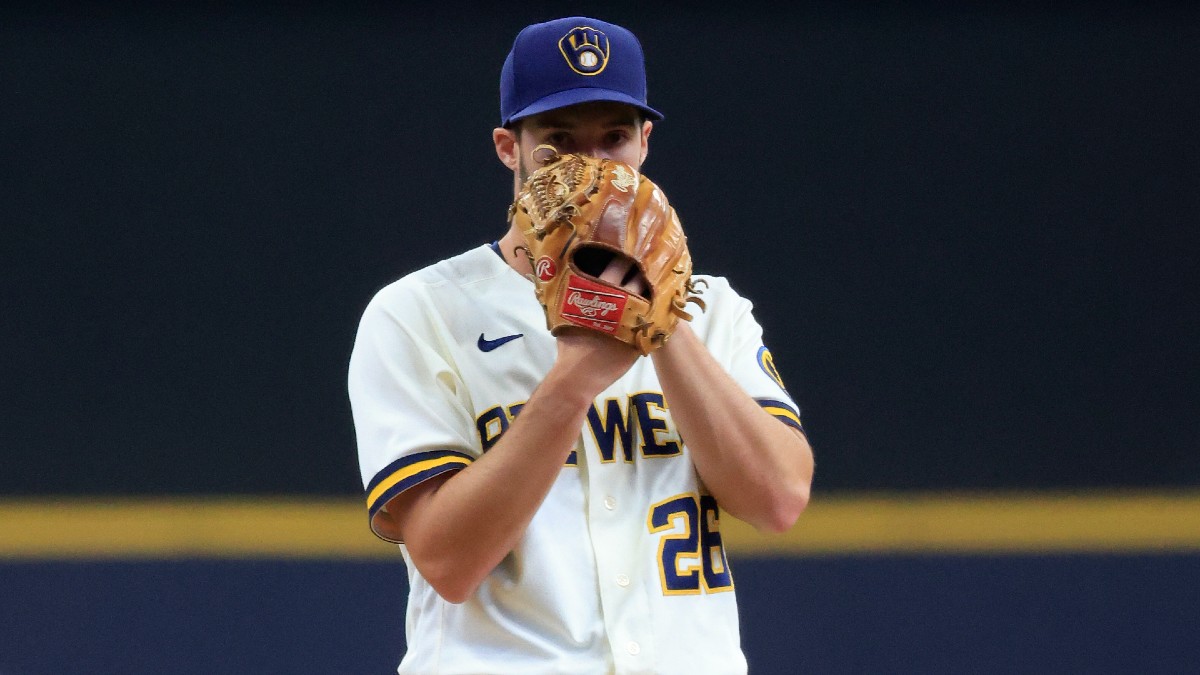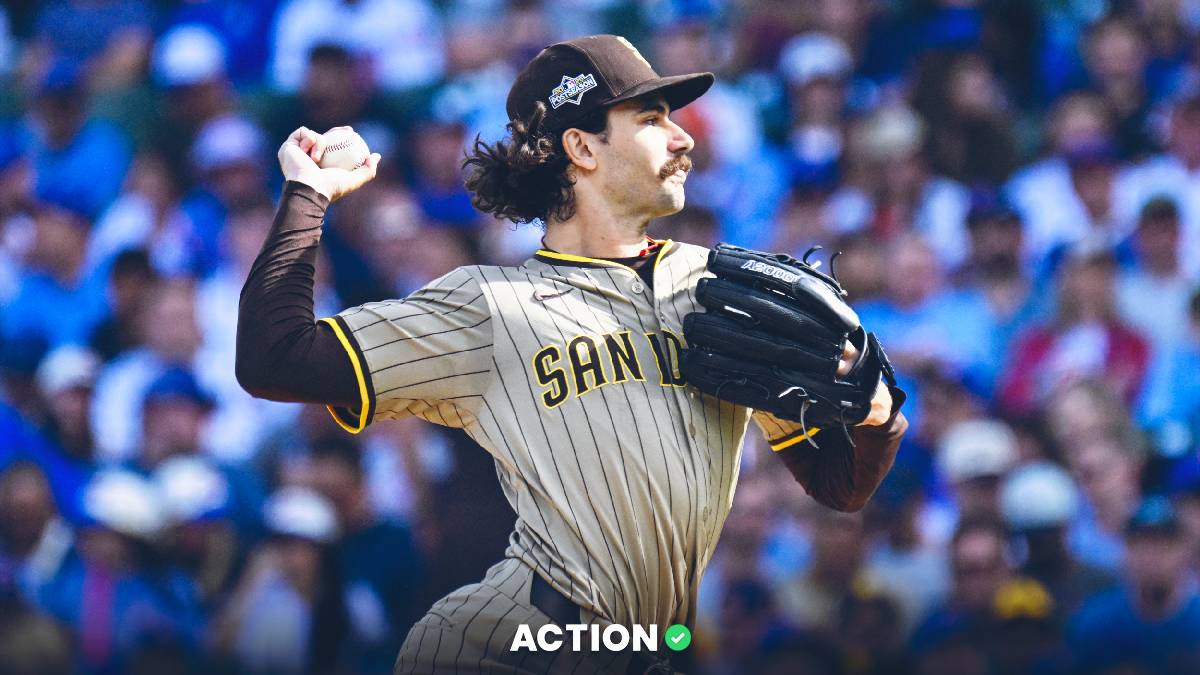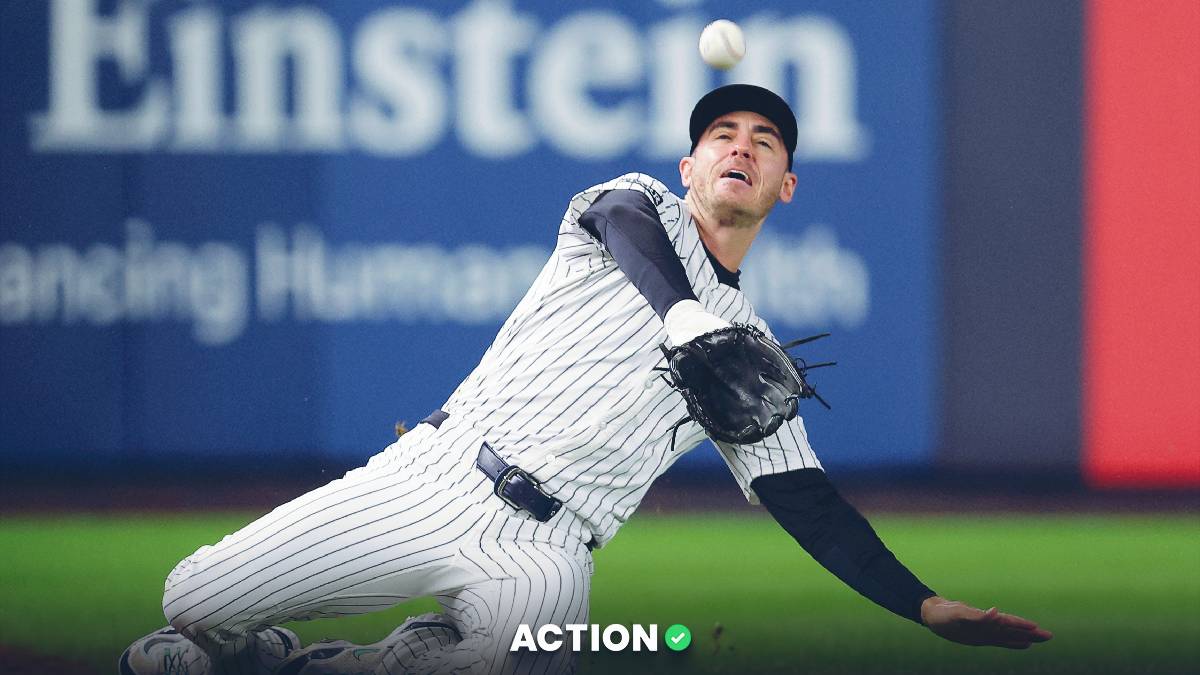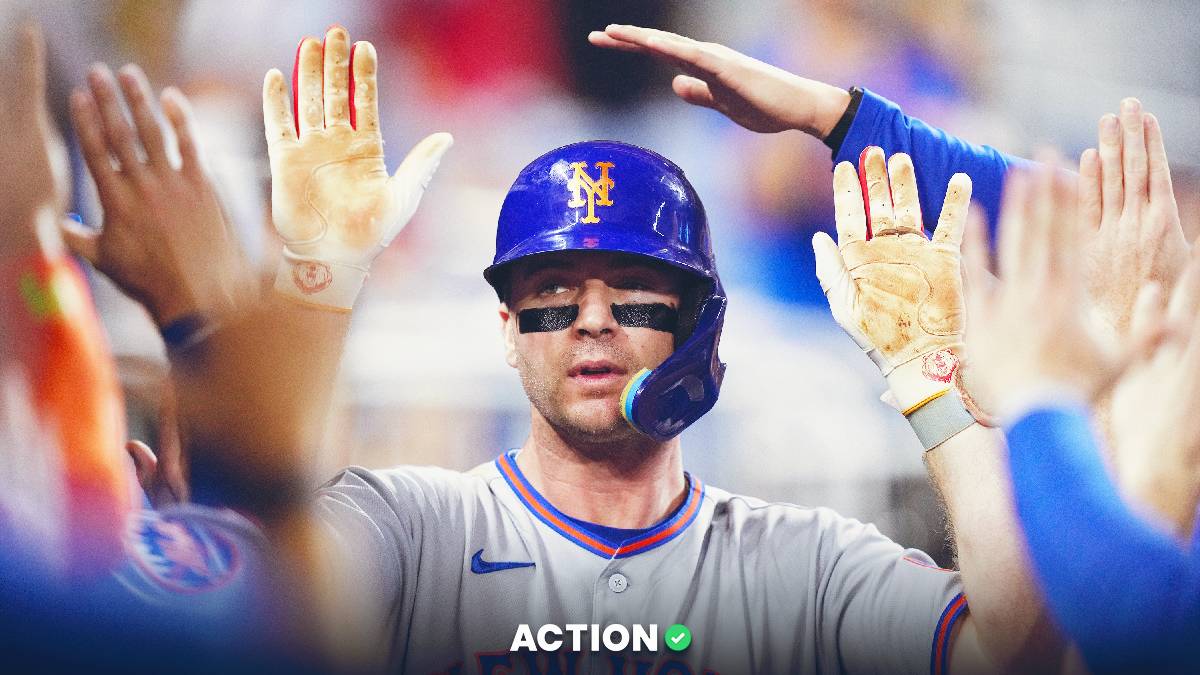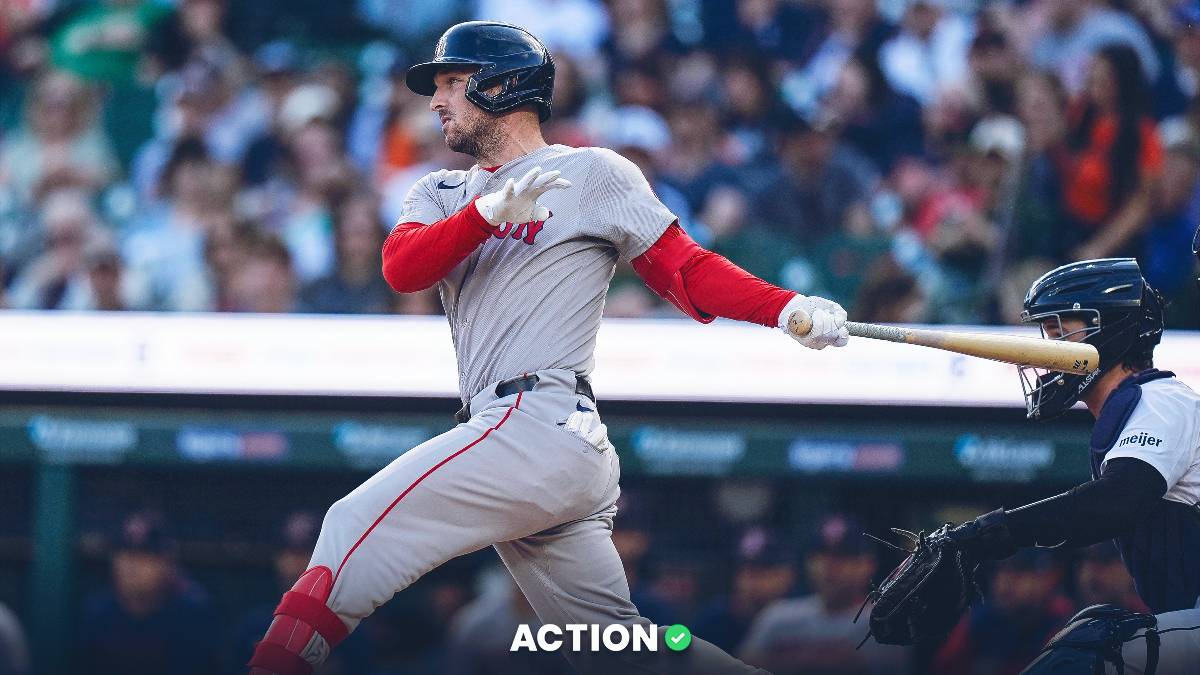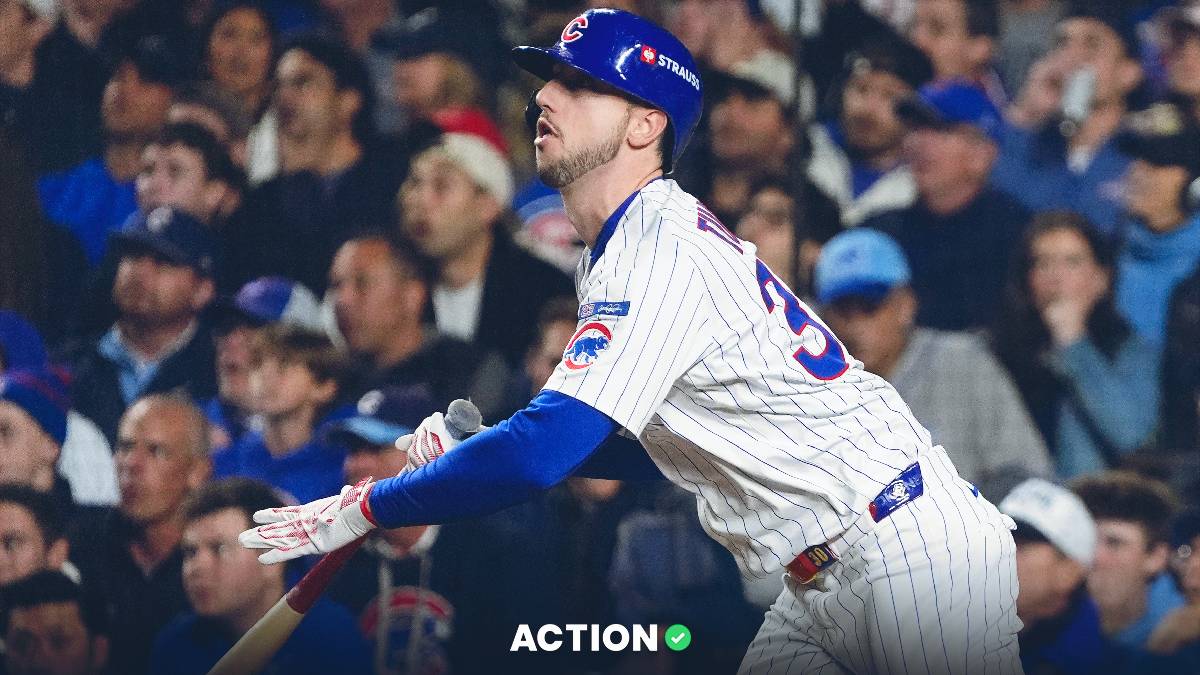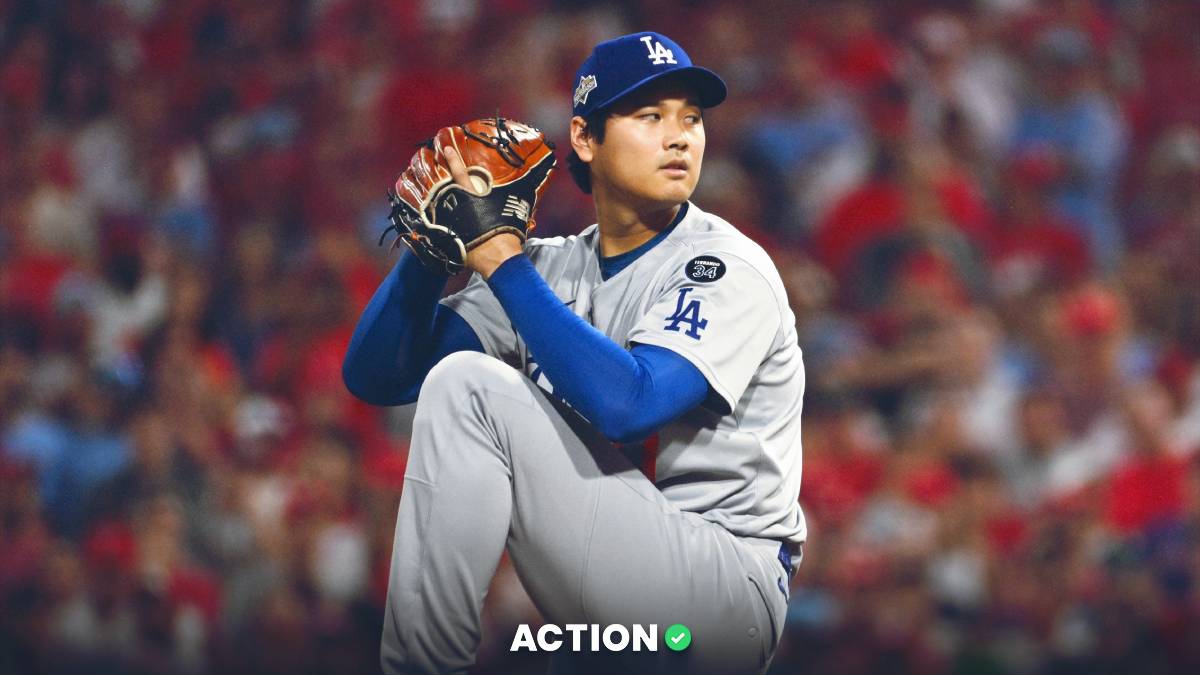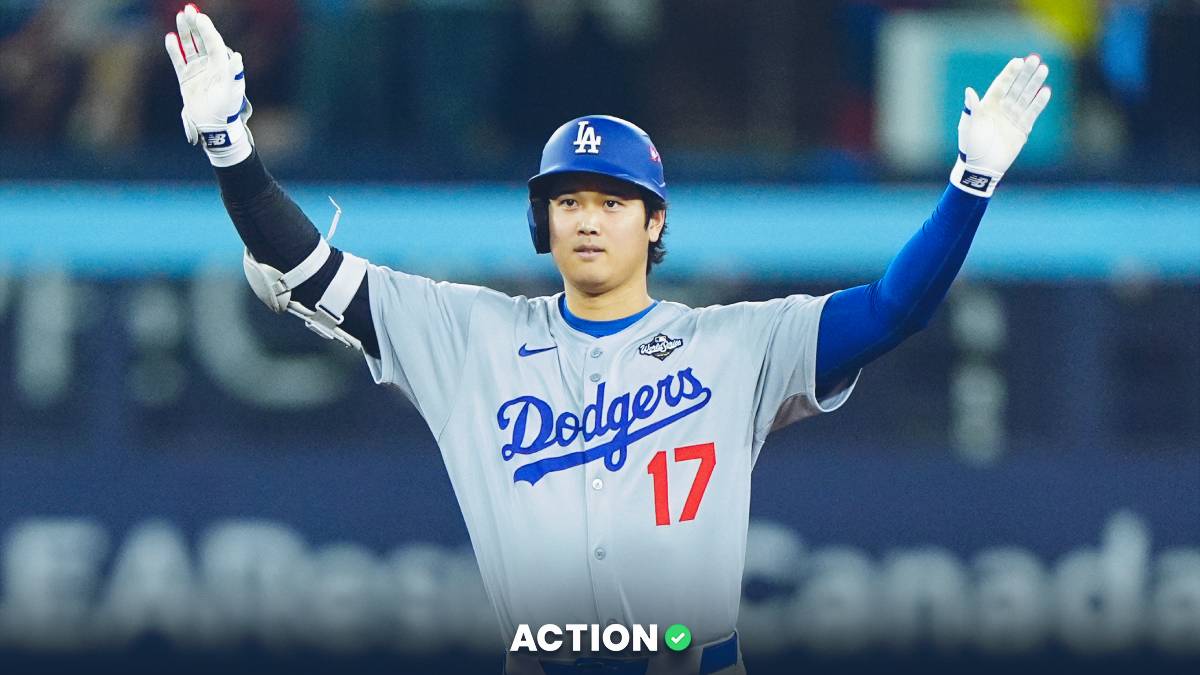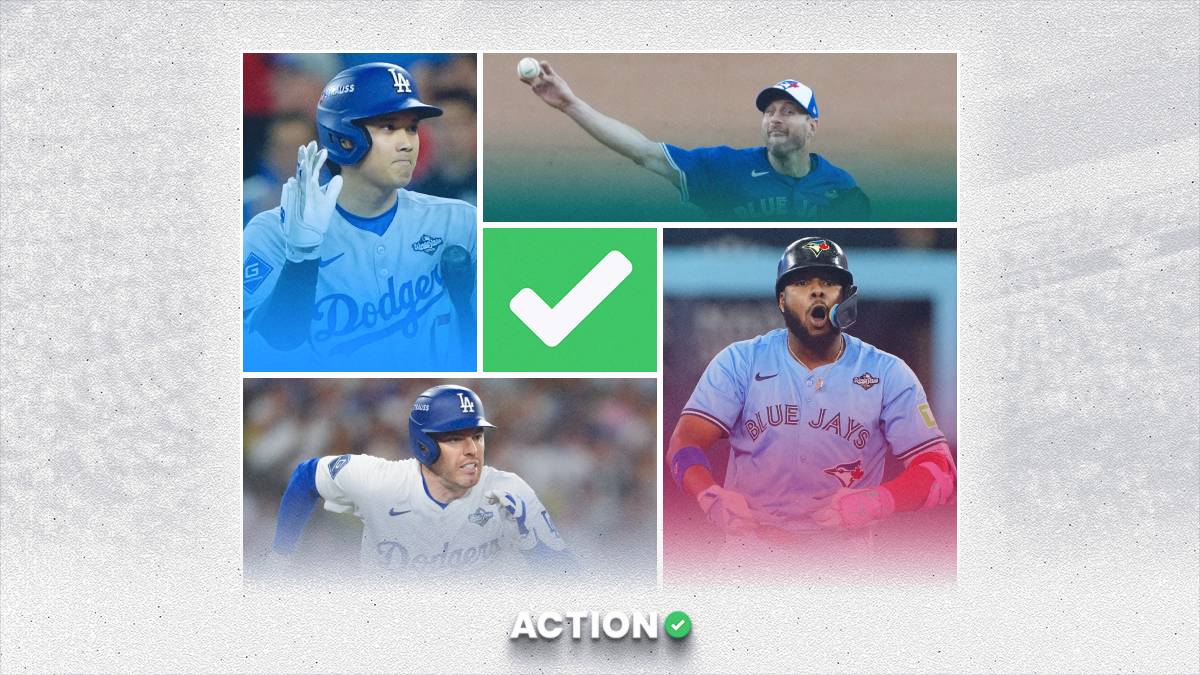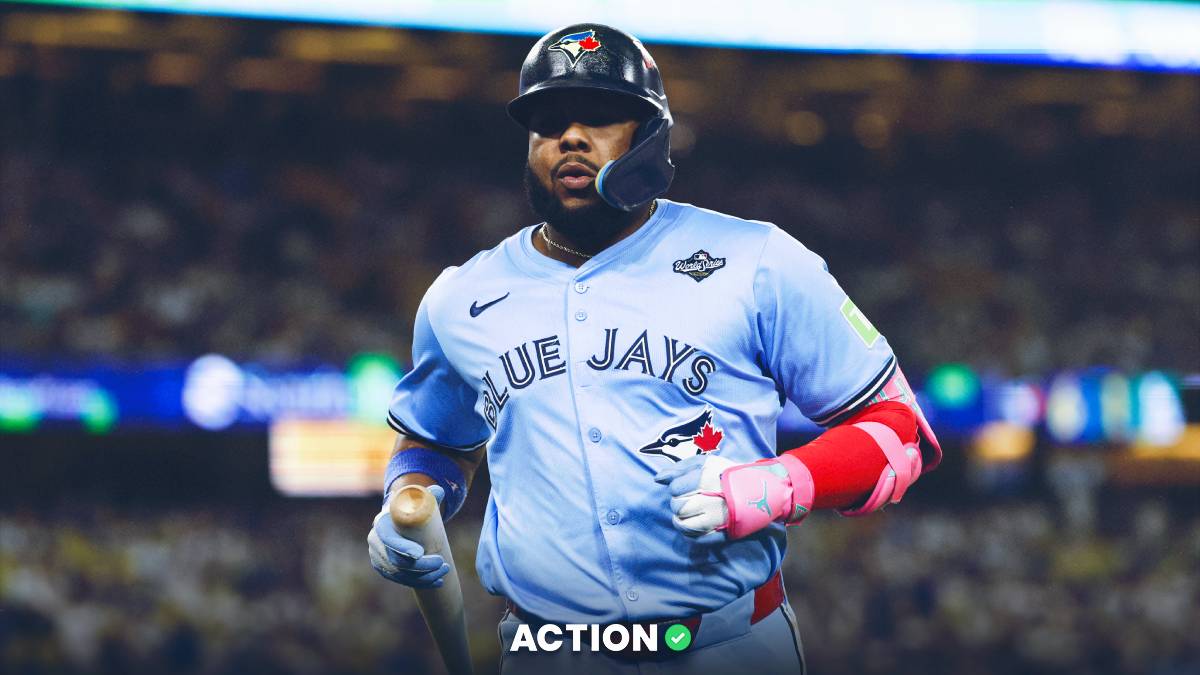Each week during the MLB season, Action Network’s Anthony Dabbundo will compile a weekly notebook of observations, analytical findings and actionable information to help bettors find an edge in betting the daily grind of a 162-game season.
Because of MLB's changing rules with regards to eligibility and organizational player control, more rookies than normal made their debuts on Opening Day. You've heard of a lot of these names if you're interested in baseball — Julio Rodriguez, Bobby Witt Jr., Spencer Torkelson, Joe Ryan and Hunter Greene are a few notables that began the season with their respective big league clubs.
As the season progresses, more and more youngsters end up reaching the big leagues and making an immediate impact. Bettors can find an edge betting on these lesser-known pitchers that the sportsbooks and markets have less data on to sharpen up their lines.
Here are five young pitchers who I've been betting on and will continue to look to bet on until the market catches up to their true quality as the sample of data on them increases.
Roansy Contreras, Pittsburgh Pirates
Contreras has made three big league starts this year for Pittsburgh after appearing in relief in his first three appearances. The results have been excellent to this point. He's pitched 15 2/3 innings, allowed just three runs (two earned) and struck out 16. Contreras has displayed plus command for a rookie pitcher, too, walking just three batters per nine at this point as a starter. His 1.93 ERA for the season isn't a fluke, either.
Eno Sarris of The Athletic has a pitching model that examines the velocity, spin and movement of pitches alone. 100 is considered average for stuff+, and Contreras comes in at 113.7. He has plus fastball velocity (96.7 mph average in 2022) and an excellent slider that's produced a 48.2% whiff rate this year.
What's most impressive about Contreras is that he does have a second breaking pitch — his curveball — that he can use to get outs. He doesn't use the changeup particularly often, but three developed pitches at this point in his career makes him the Pirates best starting pitcher already.
Contreras has a 3.21 xERA, 3.18 FIP and 3.29 xFIP, so there's nothing lucky about his start in the big leagues. Given a favorable home park and a weak division, Contreras is likely to finish the season with an ERA well below 4.00. He's been underrated in the market, especially his last start at home against Arizona on Saturday when Pittsburgh took a lot of money after opening as a pick'em.
Kyle Bradish, Baltimore Orioles
If you follow me in the Action Network app, you know my affinity for the Orioles right-hander. The biggest question mark for Bradish was his command, which had been an issue in the lower minors and one that he improved in the higher levels of MiLB. Thus far in the big leagues, Bradish has a 7.6% walk rate, which puts him above average for MLB pitchers. His strikeout rate is above average, too.
So you're probably wondering why I've chosen to highlight a pitcher with a 6.82 ERA and 5.57 xERA in his young career. When we look across the board at his regression indicators, they are all pointing solidly up for Bradish. First, his stuff+ and pitching+ numbers put him slightly above average for MLB starters. Second, his strand rate is 65.4%, which is more than seven percent below the league average. His K/BB ratio is solidly above average, which is one of the most controllable, repeatable and sticky indicators for a pitcher year to year.
I don't expect Bradish to continue to allow more than two homers per nine, or a 24.2% HR/FB rate. Once those numbers regress back toward the league averages, Bradish will be a 4.00 ERA type pitcher. He hasn't been lined that way at all in his short time in Baltimore.
There will continue to be value betting on Bradish as his fortune and contact profile leads to better outcomes. His .368 BABIP allowed really demonstrates his misfortune.
Edward Cabrera, Miami Marlins
Arguably no franchise in baseball has done a better job of developing young pitching talent than the Miami Marlins. And Edward Cabrera may just be another gem in the making. From Sandy Alcantara to Pablo Lopez to Trevor Rogers, the Fish have an excellent young group of arms. Max Meyer is sure to join that list at some point too. But for now, my eyes and money will be on Cabrera.
The 24-year-old right-hander throws a 97-mph fastball, which is impressive enough. But he also can toss a changeup at 92 with 10 inches of vertical drop on it. I don't know if that even qualifies as a change, or how MLB hitters are supposed to be able to hit those two pitches in tandem.
Call it whatever you want: it's a mix of a change and sinker really, but Cabrera just dominated the Rockies in his season debut last week. He has two breaking balls too, and even though the curveball is below average in spin rate, his slider looks like it will miss a lot of bats in the big leagues.
He tossed six innings of one hit ball, struck out nine and walked four. The walk rate is always going to be a concern for the Marlins young stud. In limited action last season, Cabrera had a 15.8% walk rate and was hit hard. The control could continue to be a problem for Cabrera, but posting the numbers he did in his debut at Coors Field cannot go unnoticed.
Aaron Ashby, Milwaukee Brewers
The big three of the Brewers — Corbin Burnes, Brandon Woodruff and Freddy Peralta — have arguably been out-pitched by 24-year-old lefty Aaron Ashby. Milwaukee, like Miami, develops young pitching talent as well as any franchise in the sport and Ashby is another prime example. A former fourth-round pick in 2018, Ashby has allowed four barrels in 114 batted ball events.
He shined last year, too, in avoiding hard contact and keeping the ball on the ground. The average launch angle in MLB is 12 degrees. Ashby's is 0.4. His 64% ground ball rate combined with a 30.5% strikeout rate means that no one is getting extra bases, barrels or slugging against him.
He can occasionally have walk issues, but his 113 stuff+ and above-average pitching+ suggests there's nothing fluke-y about his stuff. Ashby is a dominant pitcher and he's still not quite being priced as such. When you have a strikeout rate that's higher than your hard-hit rate allowed, that's a rare breed of having knockout stuff with a way of avoiding barrels on your mistakes.
His 2.62 xERA, 3.18 FIP and 2.75 xFIP suggest that Ashby might be another ace in Milwaukee. I'm going to keep betting him until the market adjusts.
Spencer Strider, Atlanta Braves
It was always a matter of when, not if Atlanta finally moved Strider into the starting rotation. The back-end of the rotation has been a problem point for the defending World Series champs. Max Fried, Kyle Wright, Charlie Morton and Ian Anderson have been solidly in the rotation all year, and now it looks like Strider will claim the final spot for the foreseeable future. He may need to develop more to his arsenal to go deeper into games, but Strider has the best stuff of anyone on the Braves.
His stuff+ rating is 142, which is up there with the most elite relievers and among the best in the sport. Like most young live arms with stuff as good as Strider's, the biggest question is always location.
His location metrics are below average at this point in his career with a 13.5% walk rate and occasionally wild command. But Strider is clear about how he wants to attack hitters. He wants to strike hitters out and he does so effectively. His 36.8% strikeout rate at this point puts him in the 98th percentile in MLB.
Length is a bit of a concern for Strider at this point: in his two starts, he's pitched 4 1/3 and 4 innings, respectively. He's probably just an elite twice-through-the-order guy at this point, given that he's mostly a fastball and slider pitcher.
Until he develops a reliable third pitch, he's also likely to have some platoon issues against lefties. But for now, Strider is mostly avoiding hard contact — his 8.1% career barrel rate is slightly below league average — and has an elite K/BB ratio despite the walk issues.
Expect to see some Atlanta first five inning bets on Strider in coming weeks from me. The market moved heavily toward him after open in his most recent start against Colorado, too.


